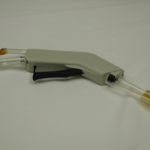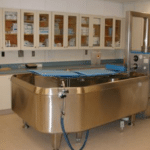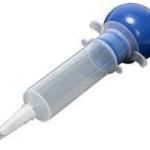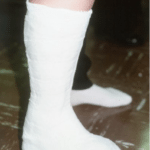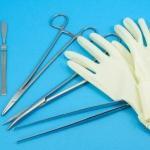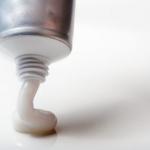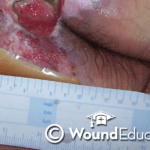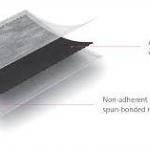Modalities Utilized in Wound Healing: Pulsed Lavage
In the last segment, we discussed whirlpool treatments; however, in some cases whirlpool is not convenient or available. When whirlpool is not an option, pulsed lavage with or without suction may be used. Functions Pulsed lavage uses a wound irrigant under pressure, which is powered by an electronic device, to irrigate and cleanse the wound….

